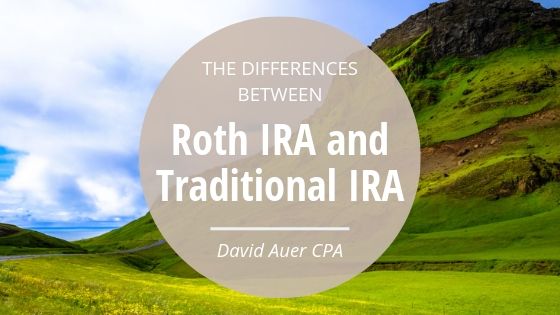When it comes to retirement savings, most people who have no access to a workplace retirement plan can still invest through an IRA. There are two options in this space, the Roth IRA and the traditional IRA. There are some similarities, most notably the maximum contribution people can make. As of 2019, both allow workers who have not reached 50 years old to save $6,000 each year. Those who are 50 or older can save an extra $1,000 a year. There are some differences between the two types of accounts. Here are a few.
Tax Treatment
Both Roth IRAs and traditional IRAs have tax benefits. The traditional IRA gives a tax benefit up front. A future retiree’s adjusted gross income in the current year gets reduced by the amount he or she saves. On the other hand, the government considers savings within a Roth IRA as after-tax savings. To offset having to pay taxes in the current year, no additional taxes will be necessary on any of the money as long as the saver leaves it in a Roth account until age 59.5.
Flexibility
The Roth IRA has more flexibility when looking at pre-retirement withdrawals. Those who save in a Roth IRA can withdraw their contributions with no penalty at any time. The government has already taxed the contributions. Therefore, a Roth IRA could serve as an emergency fund of sorts. Those who withdraw contributions to a traditional IRA before age 59.5 will have to pay a 10% penalty in addition to the regular income tax that would otherwise be due.
Required Minimum Distributions
Commonly known as RMDs, required minimum contributions are a fact of life for those with a traditional IRA. The government wants to eventually get tax revenue. Therefore, those who save in a traditional IRA have to spend down their money beginning at age 70.5. The percentage they have to spend goes up with each year. Therefore, their tax burden will also go up. Roth IRAs have no required minimum distributions.
These are just a few of the major differences between the traditional and Roth versions of the IRA. Which will benefit a specific saver depends upon his or her tax rate while working against their expected tax rate when retirement hits. Regardless, those who have no access to a workplace retirement plan would do well to take advantage of one of these savings options and their tax benefits.

